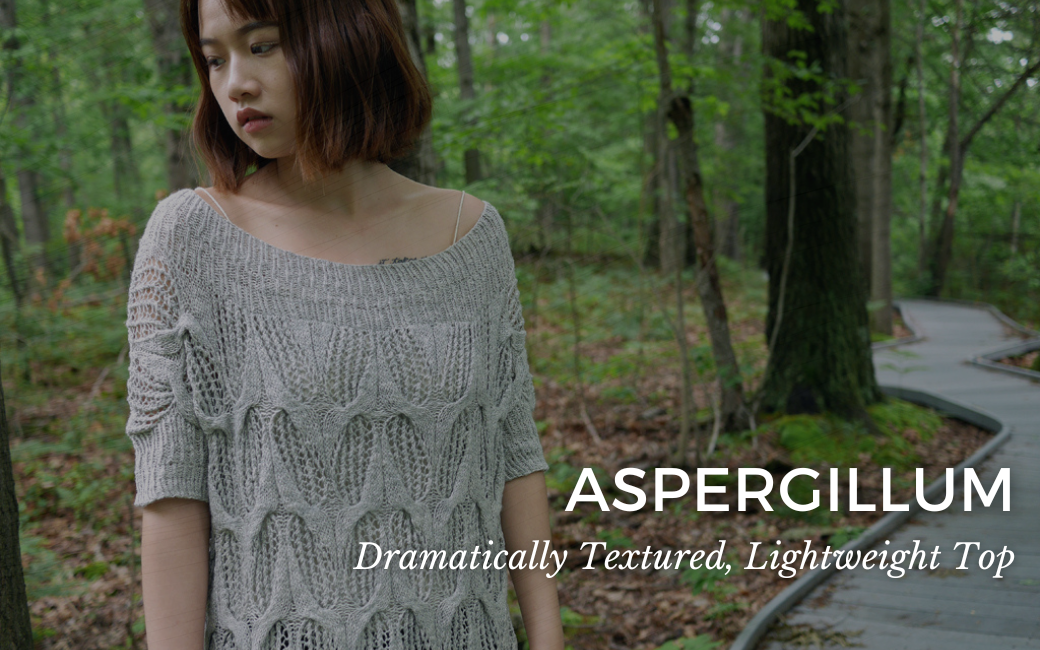The Jacob is a British breed of domestic sheep, small, piebald (spotted), and multi-horned, resembling a goat in its body type. It is generally considered to be an “unimproved” or “heirloom” breed. This means that they have been left to mate amongst themselves without selective breeding, often for centuries. Therefore, it retains much of its original wildness and physical characteristics. Jacob are distinguished from other breeds in two ways—their spotted fleece and their multiple horns, usually four.

The Jacob was referred to as the “Spanish sheep” for much of its early recorded history. It has been bred in England for at least 350 years, kept for centuries as a “park sheep”, to graze upon and ornament large estates. In modern times it is raised mainly for wool, meat, and skins. The breed was named in the 20th century after the biblical figure of Jacob, whose flock of spotted sheep is recorded in the Book of Genesis (Genesis 30:31–43), though an actual DNA link to that flock is unlikely. That said, the Jacob does seem to be more closely linked to breeds from Africa and Southwest Asia than to other British breeds.

Jacobs differ from other British and Northern European primitive breeds in that they are single-coated with a medium-fine fleece. Lambs of the more primitive lines are born with a coat of guard hair to protect against rain and cold. This birth coat is shed at 3 to 6 months of age. Individual Jacobs have distinctive markings, enabling the shepherd to identify specific sheep from a distance. The most desirable coloring is exhibited by an animal which has approximately 60 percent white fleece and 40 percent in a random pattern of black or lilac (brownish-gray) patches.

Jacobs are shorn once per year, most often in the spring. The average fleece weight is four to six pounds. In general, the fleece is light, soft, springy and open, with little lanolin (grease). There may be some kemp—a course fiber which appears sparsely in some fleeces—present. In some sheep, particularly the British Jacobs which have denser fleeces, the black wool grows longer or shorter than the white wool. This is called “quilted” fleece, and is an undesirable trait.
The medium-fine grade wool has a high luster and is sought after by hand spinners. The colors—from nearly white to nearly black—may be separated or blended after shearing and before spinning to produce various shades of yarn from a single fleece
Knitting with our artisan mill-spun version reminds me very much of working with Shetland wool, but smoother and a bit softer (although Shetland varies greatly). Our 2-ply fingering and sport yarns, in a heather-gray shade mixed from all parts of the fleece, makes me feel like I’m grasping strands of cloud as I knit. While it does have some tooth—tiny fiber ends that latch onto each other as they are exposed—they do not interfere with making smooth, even stitches. After soaking and blocking, the fabric is a perfectly even, lightly linked network of airy stitches with great stability.
Jacob yarn makes beautiful fabrics in stockinette, colorwork, openwork, and twisted stitch patterns. It is an outstanding choice for a garment or accessory that is warm, but light and breathable.





